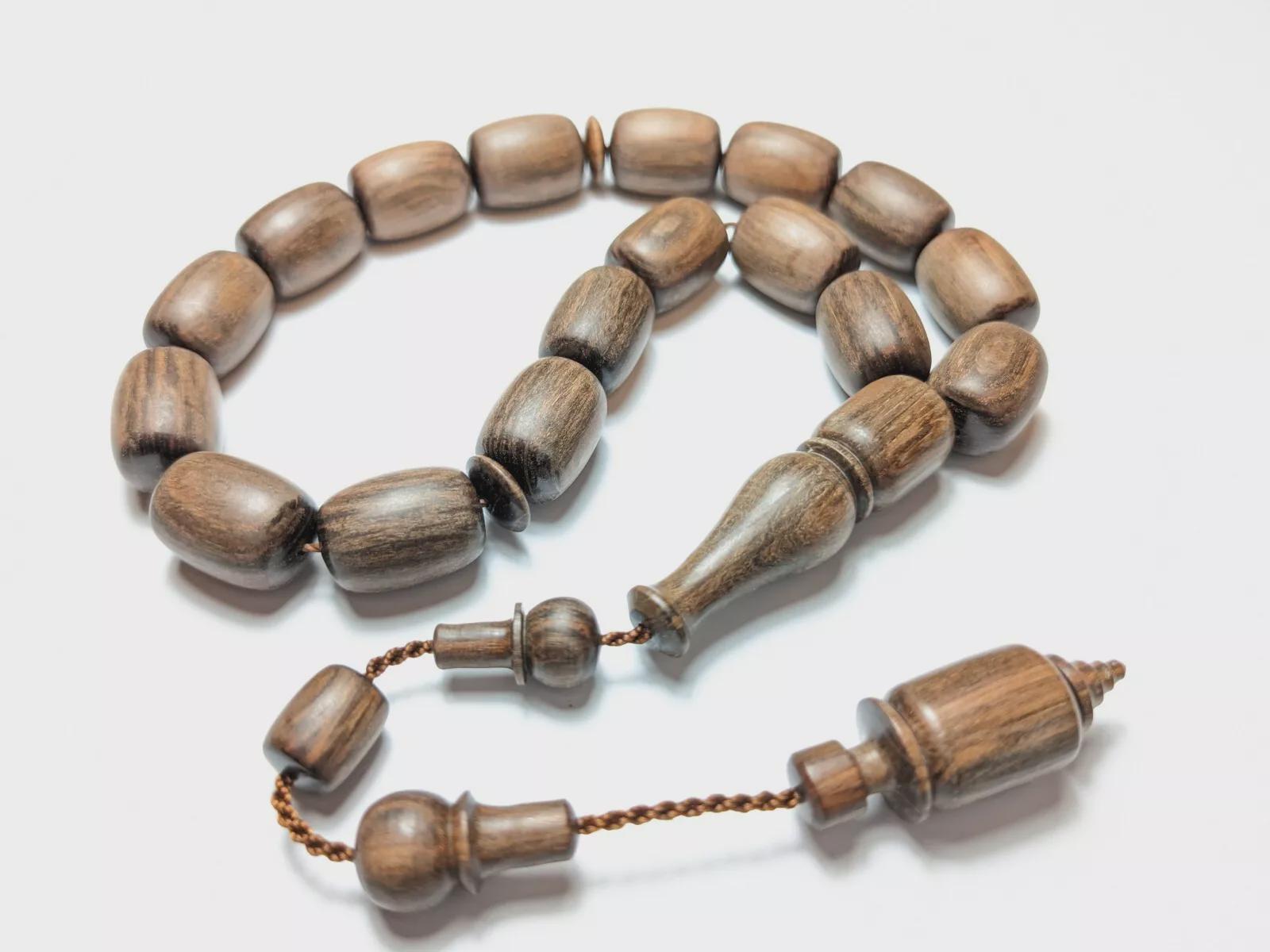The oak tree holds immense significance across various cultures, ecosystems, and historical periods. Its remarkable longevity, strength, and majestic presence have cemented its place as a powerful symbol and a vital component of natural environments.
Here's a breakdown of its significance:
1. Cultural and Symbolic Significance:
- Strength and Endurance: The most common association of the oak is with strength, resilience, and endurance. Its deep roots, sturdy trunk, and long lifespan (some can live over 1,000 years) make it a natural symbol of unwavering power.
- National Symbol: Many countries, including the United States, England, France, Germany, and others, have adopted the oak as their national tree, representing the nation's steadfastness and spirit.
- Royalty and Leadership: Throughout history, oak leaves have adorned the crowns of ancient kings and Roman Emperors, signifying their connection to the divine and their authority. In modern times, oak leaves are still used as symbols of rank in various armed forces.
- Sacred Tree and Divine Connection:
- Indo-European Religions: Across many ancient Indo-European cultures, the oak was revered as sacred and closely linked to thunder gods, such as Zeus (Greek), Jupiter (Roman), Thor (Norse), and Perkūnas (Baltic). This connection likely stemmed from the oak's tendency to be struck by lightning due to its height and high water content.
- Celtic Mythology: The Druids, ancient Celtic priests, held the oak in high esteem, with some scholars believing the word "Druid" itself derives from a Celtic word meaning "knower of the oak tree." They performed rituals in oak groves and cherished mistletoe growing on oaks.
- Folklore and Superstitions: Oak trees feature prominently in countless myths, legends, and folklore, often associated with good luck, protection, and wisdom. For example, carrying an acorn is believed to bring youthfulness and fertility, and acorns on a windowsill are said to protect against lightning.
- Historical Landmarks: Many individual oak trees have gained historical and cultural importance, such as the Royal Oak in Britain (where King Charles II famously hid) and the Charter Oak in the United States.
- Fertility and Prosperity: Acorns, the fruit of the oak, symbolize fertility, new beginnings, and prosperity.
2. Ecological Importance:
- Biodiversity Hub (Keystone Species): Oak trees are considered keystone species, meaning they have a disproportionately large impact on their ecosystem. They support an astounding number of species – often over 2,300, including insects, birds, mammals, fungi, and lichens – more than almost any other native tree. They provide:
- Food: Acorns are a vital food source for a wide range of wildlife, including squirrels, deer, jays, and wild turkeys.
- Habitat and Shelter: Their broad canopies, extensive root systems, and the cavities and crevices that develop as they age offer shelter, nesting sites, and homes for countless organisms.
- Host Plants: Oak leaves are the primary diet for hundreds of species of butterflies and moths in their caterpillar stage.
- Soil Health and Erosion Control: Oak trees' deep and expansive root systems help stabilize soil, prevent erosion, and improve soil quality. Their fallen leaves decompose slowly, forming a thick, protective blanket for soil-dwelling creatures.
- Carbon Sequestration: As large, long-lived trees, oaks are excellent at sequestering carbon dioxide from the atmosphere, contributing significantly to mitigating climate change.
- Water and Air Quality: Oak canopies help capture and slow rainfall, reducing surface erosion and improving water quality. Their leaves also absorb airborne pollutants, improving air quality.
3. Practical and Medicinal Uses:
- Timber: Oak wood is highly prized for its strength, durability, and beauty, making it a valuable resource for furniture, flooring, shipbuilding, and construction (e.g., Tudor timbered houses).
- Tannins: Oak bark is rich in tannins, historically used in the leather tanning industry and for making ink (including for historical documents like the U.S. Constitution).
- Medicinal Properties: Traditionally, oak bark has been used for its astringent, anti-inflammatory, and antiseptic properties. It was used to treat various ailments, including diarrhea, eczema, hemorrhoids, sore throats, and wounds. While traditional uses exist, modern scientific validation for many of these claims is still being researched.
- Culinary: Acorns have been a food source for various cultures, including many Native American groups, processed into flour, mush, or soup. Oak wood chips are also used for smoking meats, fish, and cheeses, and oak barrels are essential for aging wines and spirits.
In essence, the oak tree's significance stems from its profound impact on both the natural world and human civilization, embodying strength, wisdom, and a deep connection to our shared history and environment.
Please feel free to check our oak wood collection of beautiful worry and prayer beads:

